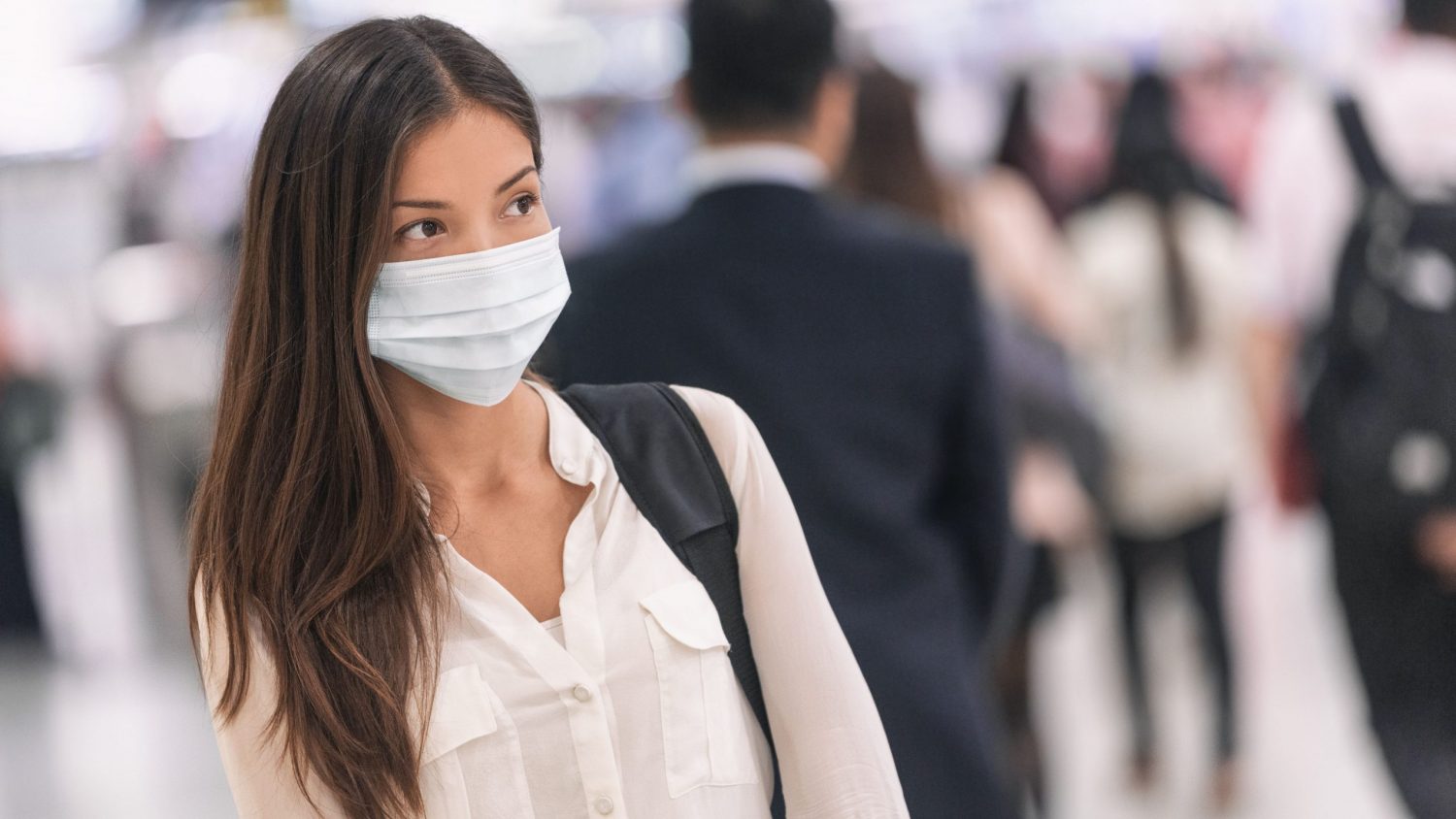Supply Chain Impacts – Where are All the N95 Masks?

Dr. Robert Handfield, executive director of the Supply Chain Resource Cooperative and Bank of America university distinguished professor of operations and supply chain management at Poole College, explains the impact of COVID-19 on the global supply chain of mask production and what this means for the healthcare industry.
Where are all the N95 masks?
The shortage of N95 masks seems to be a big mystery, but several recent articles in the New York Times and Wall Street Journal explore the case of the missing masks. Despite President Trump’s statement that “millions of masks were in production,” they are nowhere to be found. Although there exists a national stockpile of 12 million N95 masks and 30 million surgical masks, the estimate is that the country will need 3.5 billion masks in the event of a pandemic lasting a year.
There are several reasons for the shortage. Before the coronavirus emerged, China produced about half of the world’s masks, although some of the factories were American brands like 3M that produced for the local market. The prolonged outbreak in China reduced the supply, and during the outbreak, production expanded by nearly twelve-fold (to 115 million per month). The global inventory of masks was also diminished by the wildfires in California and Australia, which used up many of the supplies held by humanitarian organizations. So why can’t the masks be distributed?
Evidence suggests that China is “hoarding” the mask supply, and is not exporting masks. China has claimed mask factory output for itself, and during the outbreak, they also purchased most of the global inventory of masks from other countries. According to official data, China imported 56 million respirators and masks in the first week after the January lockdown of the city of Wuhan, and on January 30, it managed to import 20 million respirators and surgical masks in 24 hours. But China isn’t alone, as other governments are also restricting exports of protective gear. (For example, Germany, Italy, the Czech Republic, France, Belgium, the Netherlands, Austria, and other EU countries are putting in curbs to prevent supplies of masks from shipping to neighboring countries – a case of “every man for himself!”) In a statement, Minnesota-based 3M said most of the masks it made at its factory in Shanghai had been sold within China even before the outbreak. It declined to comment on when exports from China might resume.
There are signs that China may be easing its grip and starting to resume exports, but others claim that exports have not yet been authorized.
Other options:
- Reports are surfacing that companies like General Motors and Hanes can convert their factories into mask-production facilities. A GM joint venture in China built 20 of its own mask-making machines and is focusing on bulk production. 3M has doubled production of N95 face masks and is now producing 1.1 billion a year, including 400 million in the U.S.
- Smaller companies also producing masks include the Nelson Laboratories, Medicom Group, and others. However, a major challenge is that a critical component for high-quality masks is non-woven polypropylene, a dense network of fibers that serves as the primary filtering material, which remains in short supply. For example, specialized textile producers of the non-woven polypropylene, Monadnock Non-Wovens LLC, in Mt Poconos PA, has been getting more than 100 calls and emails a day asking for huge quantities of non-woven polypropylene. (Some callers have offered luxury vacations and huge mark-ups to fulfill orders!) Other companies include Berry Global Group, which has shifted its production entirely to nonwoven polypropylene fabric. However, there could be another supply chain shortage further up the chain: polypropylene resin, which ran short during the 2009 H1N1 influenza pandemic.
Once the production of masks occurs, then the allocation of orders comes into play. No one has really identified a strong national policy for the allocation of scarce masks to different regions of the country. The Federal Government is seeking to prioritize distribution of masks to California, New York and Washington, where the epidemic is rampant. Distribution becomes another important cog in the wheel to take the masks from production to hospitals. To that end, the Federal Motor Carrier Safety Administration has issued a 50-state waiver to the Hours of Service Rule for commercial vehicle drivers, to ramp up the capacity available to distribute equipment and supplies to hospitals.
The supply chain will hopefully ramp up to protect these medical professionals who are so critical during this epidemic, and who are the ones most likely to contract the virus.
Read the long-form version of this story here.
- Categories:
- Series:


